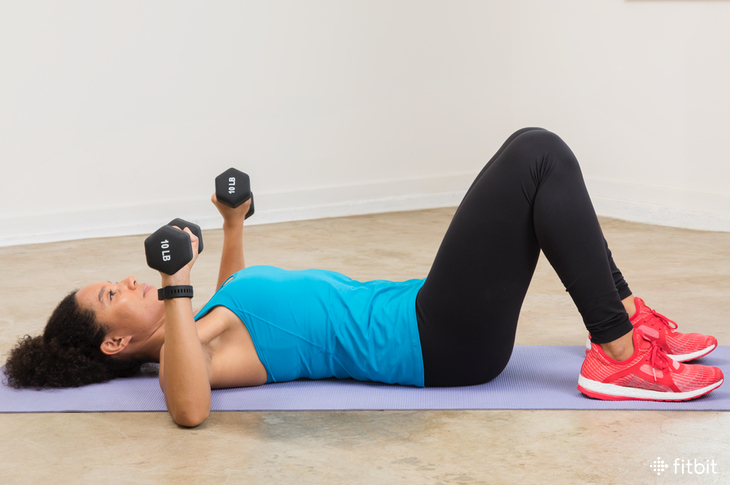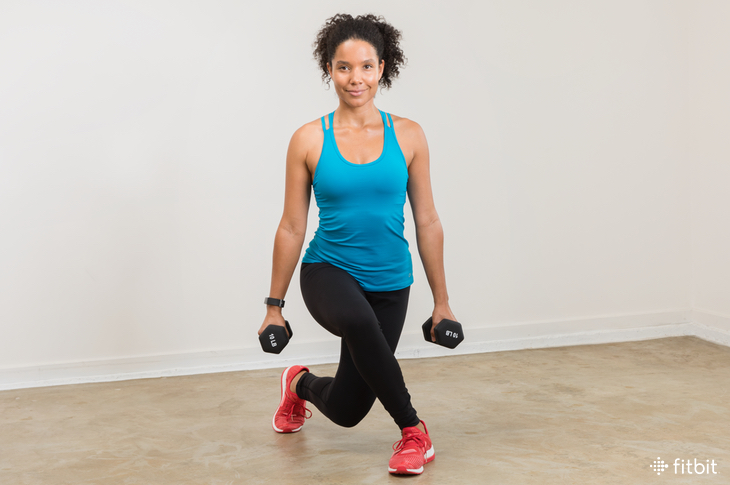
How many times have you arrived somewhere, looked down at your wrist to check your steps and realized you accidentally left your Fitbit device at home?
It’s something Fitbit firmware engineer, Andre Bertomeu, has seen happen to his family members. “I noticed they’ll forget about their device when charging it or if it dies before they have a chance to charge it,” he says. “So it will either sit dead or sit on the charger for days on end. Then it gets shoved around during cleaning or whatever until they leave and say, ‘darn, I forgot my Fitbit tracker at home’.”
Forgetting to wear your tracker every once in awhile may not seem like a big deal, but University of Washington researchers found that it’s actually one of the top causes of activity-tracking lapses. These lapses can lead to incomplete records, which, the study authors write, “can ultimately lead people to abandon [activity tracking].” And if less activity tracking leads to a decrease in healthy behaviors, your forgetfulness may get worse.
“It’s kind of ironic,” says Gary Small, MD, director of the UCLA Longevity Center at the Semel Institute for Neuroscience & Human Behavior, because the activity Fitbit devices can inspire will help a person’s memory. His research has found that healthy lifestyle interventions—like diet, exercise, and learning memory techniques—can improve brainpower and cognitive performance within two weeks (the full program is outlined in his book 2 Weeks to a Younger Brain).
Below, Small shares six of those research-proven strategies to help you boost your overall brain health—and never forget your Fitbit tracker again.
3 Memory Techniques—Plus Other Ways to Help a Forgetful Brain
Create a Memory Habit
Do you keep your floss next to your toothbrush so you remember to use it? Or your vitamins near the breakfast table? Think about when and where you tend to take off your tracker and then use the same memory strategy. “Create a routine where you put your Fitbit tracker down in the same place—kind of almost make a ritual of it—and think about what you’re doing so that you can remember it each time,” suggests Small.
“I take off my Fitbit Charge 2 to charge it, clean it, or for showering,” says Chris Jones, a principal program manager working on firmware at Fitbit. “To charge it, I put my keys near it—I can’t leave without it or my keys,” she says. “To clean it or for showering, I leave it on my bathroom counter next to my electric toothbrush and wedding ring. After I brush my teeth, I pick up my ring, Charge 2, bracelet, and hair tie.”
Look, Snap, Connect
“The biggest reason we don’t remember things is we’re simply distracted,” says Small. “Look is a reminder to focus your attention. Snap is a reminder to create a mental snapshot of what you want to recall later. Our brains are actually hardwired to remember visually, and this leverages that. And connect is a way of linking up those mental snapshots so they have meaning. If something becomes meaningful, it will be memorable.”
How do you put Look, Snap, Connect into practice? Let’s say you take your Fitbit tracker off to charge it while you make dinner and you want to remember to put it back on after you eat. When you pull out a pan, you might visualize a big battery or even your tracker hanging over the cupboard door. When you see your cabinet again, the same imagine will pop into your head, reminding you to retrieve your device.
Set a Reminder
Take advantage of the devices that you usually do remember. For instance, says Small, “if a person remembers his cellphone but has a habit of forgetting his Fitbit tracker, he might set an alarm on his cellphone as a reminder that he left the device in the charger.”
Get Regular Exercise
“A study of healthy older adults found that mental tasks involving executive control improved in a group that was prescribed a cardiovascular conditioning program but not in a control group that was prescribed only stretching and toning,” writes Small. And you don’t have to be a hardcore athlete—or even an athlete at all—to see results. “Studies show that just 20 minutes of daily brisk walking can lower a person’s risk for Alzheimer’s disease,” says Small. Check out The Best Walking Workout for Non-Exercisers to start easing into a new routine.
Reduce Your Stress
If you wear a Charge 2, Fitbit Blaze, or Fitbit Ionic, take advantage of Relax, Fitbit’s guided breathing experience. “If you inject a human subject or volunteer with a stress hormone, it causes temporary memory impairment,” says Small. “But meditation, tai chi, and breathing exercises can counteract these kinds of stress effects on brain health.”
Eat a Balanced Diet
Diets high in omega-3 fats fatty acids and antioxidant-rich fruits and vegetables are linked to less age-related cognitive decline—likely because they protect the brain from harmful inflammation and oxidative stress, says Small. “Try to limit refined sugars and processed foods, which are also not good for brain health,” says Small. Here are 5 healthy recipes your brain with love.
The post Are You Making This Top Tracker Mistake? Here’s How to Stop appeared first on Fitbit Blog.

Source: Fitbit Blog
—
![[Photo] SDC 2017 Keynote Speeches Outline Samsung’s New IoT Vision [Photo] SDC 2017 Keynote Speeches Outline Samsung’s New IoT Vision](https://duncannagle.com/wp-content/uploads/2017/10/SDC-Keynote-Sketch_main-1.jpg)
![[Photo] SDC 2017 Keynote Speeches Outline Samsung’s New IoT Vision](https://img.global.news.samsung.com/global/wp-content/uploads/2017/10/SDC-Keynote-Sketch_main-1.jpg)
![[Photo] SDC 2017 Keynote Speeches Outline Samsung’s New IoT Vision](https://img.global.news.samsung.com/global/wp-content/uploads/2017/10/SDC-Keynote-Sketch_main-2.jpg)
![[Photo] SDC 2017 Keynote Speeches Outline Samsung’s New IoT Vision](https://img.global.news.samsung.com/global/wp-content/uploads/2017/10/SDC-Keynote-Sketch_main-3.jpg)
![[Photo] SDC 2017 Keynote Speeches Outline Samsung’s New IoT Vision](https://img.global.news.samsung.com/global/wp-content/uploads/2017/10/SDC-Keynote-Sketch_main-4.jpg)
![[Photo] SDC 2017 Keynote Speeches Outline Samsung’s New IoT Vision](https://img.global.news.samsung.com/global/wp-content/uploads/2017/10/SDC-Keynote-Sketch_main-5.jpg)
![[Photo] SDC 2017 Keynote Speeches Outline Samsung’s New IoT Vision](https://img.global.news.samsung.com/global/wp-content/uploads/2017/10/SDC-Keynote-Sketch_main-6.jpg)
![[Photo] SDC 2017 Keynote Speeches Outline Samsung’s New IoT Vision](https://img.global.news.samsung.com/global/wp-content/uploads/2017/10/SDC-Keynote-Sketch_main-7.jpg)
![[Photo] SDC 2017 Keynote Speeches Outline Samsung’s New IoT Vision](https://img.global.news.samsung.com/global/wp-content/uploads/2017/10/SDC-Keynote-Sketch_main-8.jpg)
![[Photo] SDC 2017 Keynote Speeches Outline Samsung’s New IoT Vision](https://img.global.news.samsung.com/global/wp-content/uploads/2017/10/SDC-Keynote-Sketch_main-9.jpg)
![[Photo] SDC 2017 Keynote Speeches Outline Samsung’s New IoT Vision](https://img.global.news.samsung.com/global/wp-content/uploads/2017/10/SDC-Keynote-Sketch_main-10.jpg)
![[Photo] SDC 2017 Keynote Speeches Outline Samsung’s New IoT Vision](https://img.global.news.samsung.com/global/wp-content/uploads/2017/10/SDC-Keynote-Sketch_main-11.jpg)
![[Photo] SDC 2017 Keynote Speeches Outline Samsung’s New IoT Vision](https://img.global.news.samsung.com/global/wp-content/uploads/2017/10/SDC-Keynote-Sketch_main-12.jpg)
![[Photo] SDC 2017 Keynote Speeches Outline Samsung’s New IoT Vision](https://img.global.news.samsung.com/global/wp-content/uploads/2017/10/SDC-Keynote-Sketch_main-13.jpg)
![[Photo] SDC 2017 Keynote Speeches Outline Samsung’s New IoT Vision](https://img.global.news.samsung.com/global/wp-content/uploads/2017/10/SDC-Keynote-Sketch_main-14_1.jpg)
![[Photo] SDC 2017 Keynote Speeches Outline Samsung’s New IoT Vision](https://img.global.news.samsung.com/global/wp-content/uploads/2017/10/SDC-Keynote-Sketch_main-14_2.jpg)
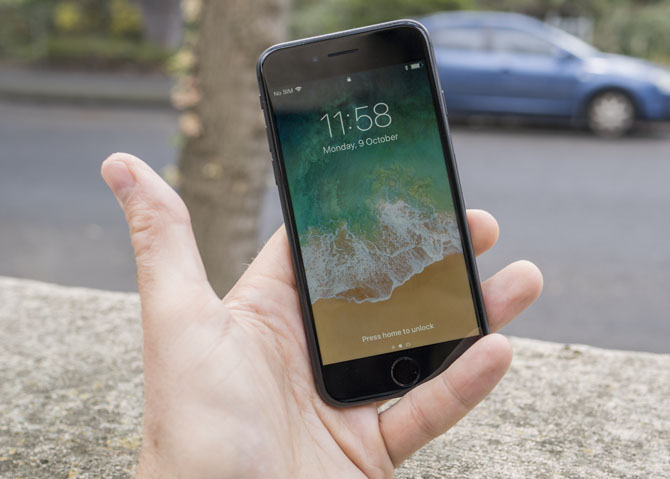
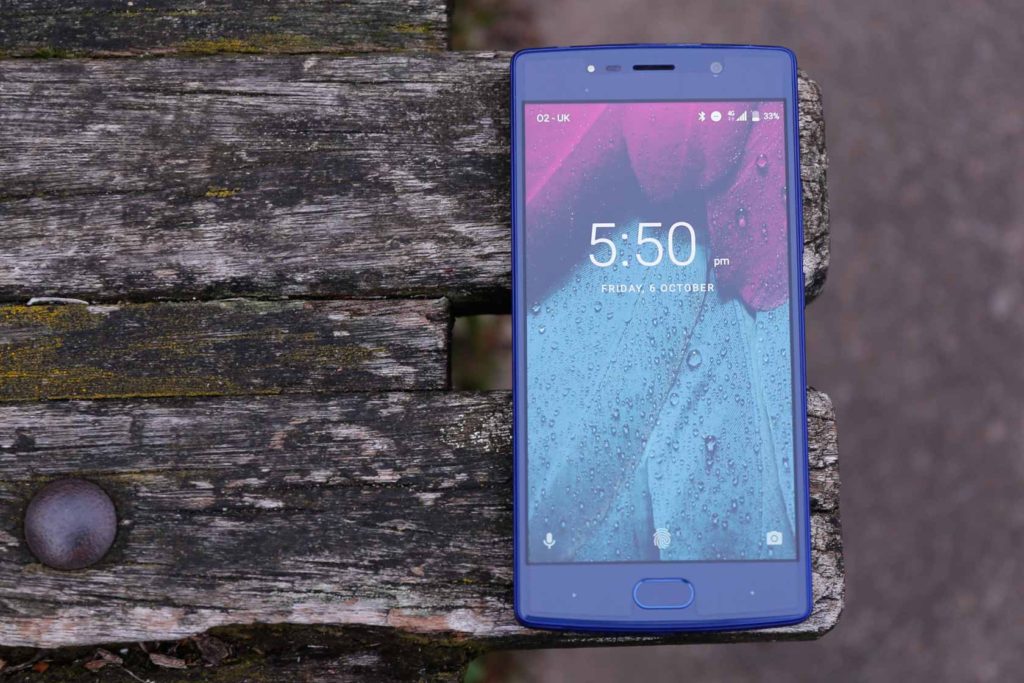
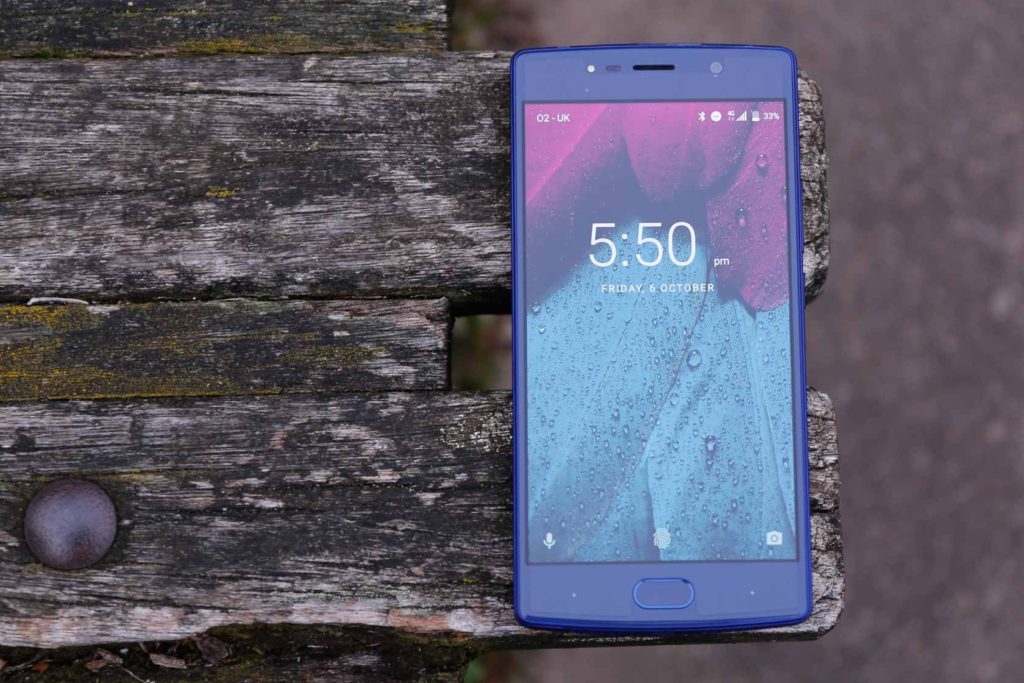
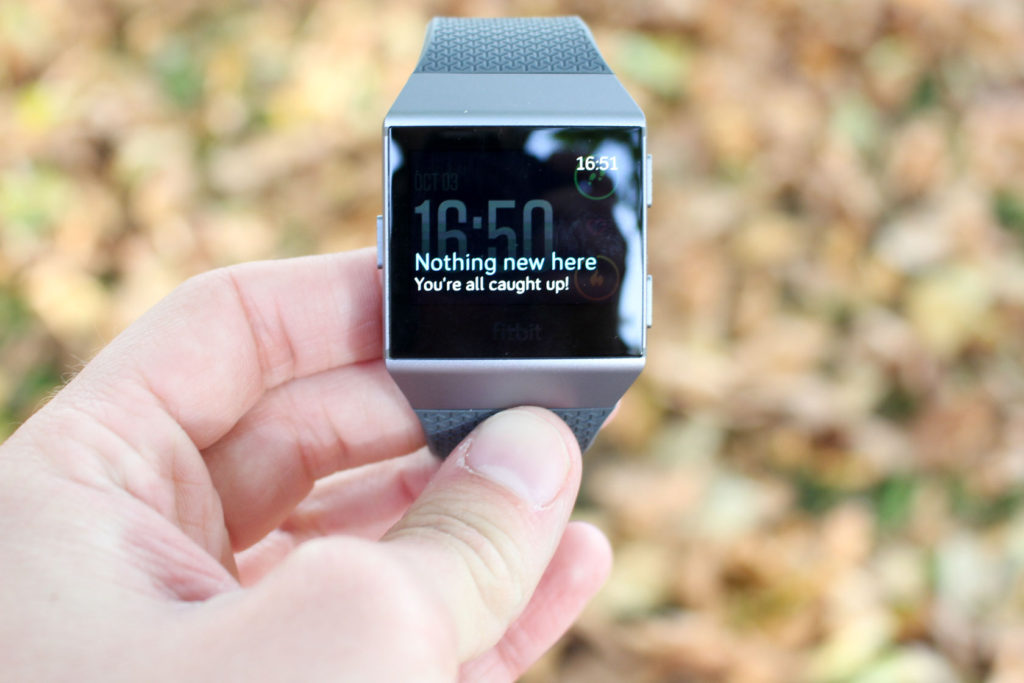
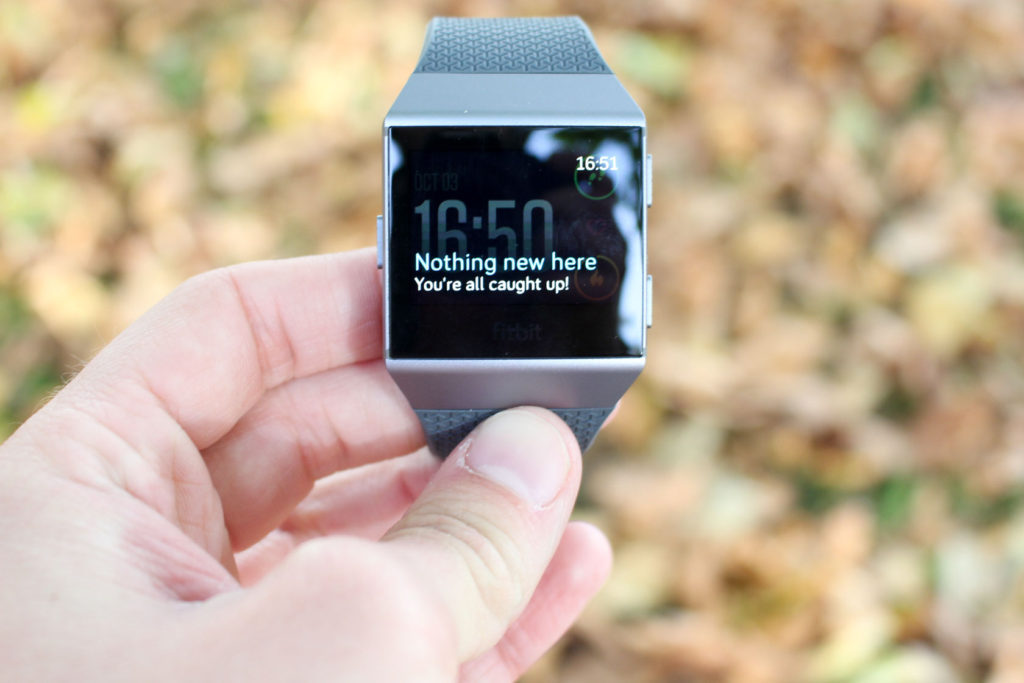
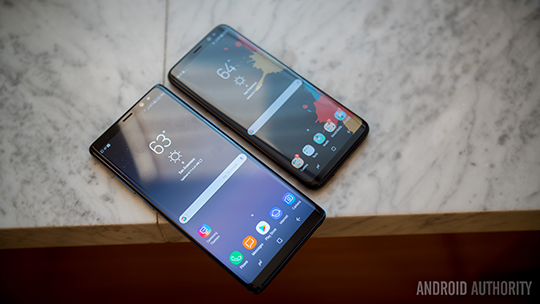
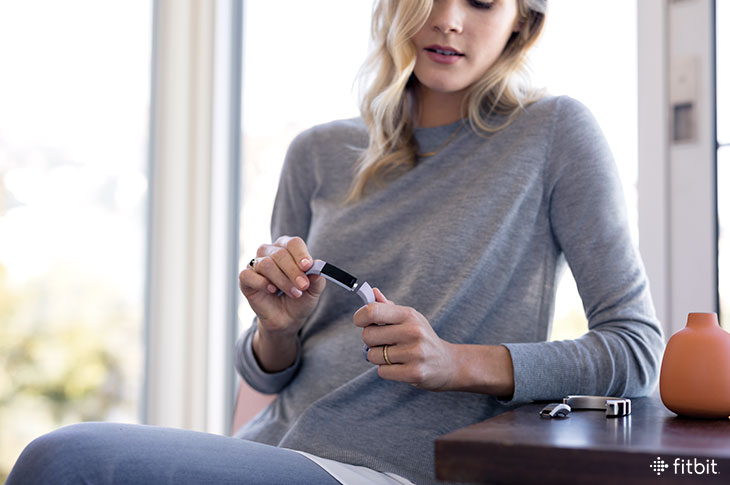
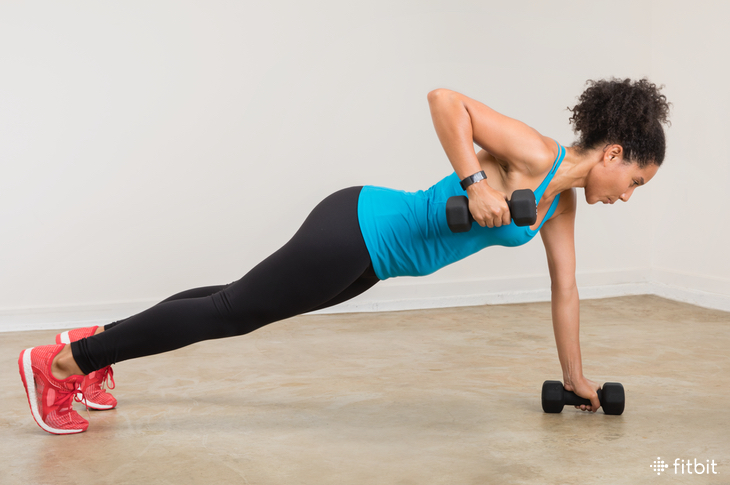
 There’s an old, meathead stereotype that makes many strength-training newbies cringe: They pick stuff up and put it down. But what if you picked up a set of reasonably heavy dumbbells and never let them go? With this don’t drop the weight, two-dumbbell sequence, you’ll perfect your form while getting firm as you seamlessly transition from one movement to the other. Get ready to train your entire body and condition in minimal time! Repeat 3 to 5 times, depending on your experience level, resting for 1 to 2 minutes between rounds.
There’s an old, meathead stereotype that makes many strength-training newbies cringe: They pick stuff up and put it down. But what if you picked up a set of reasonably heavy dumbbells and never let them go? With this don’t drop the weight, two-dumbbell sequence, you’ll perfect your form while getting firm as you seamlessly transition from one movement to the other. Get ready to train your entire body and condition in minimal time! Repeat 3 to 5 times, depending on your experience level, resting for 1 to 2 minutes between rounds.

